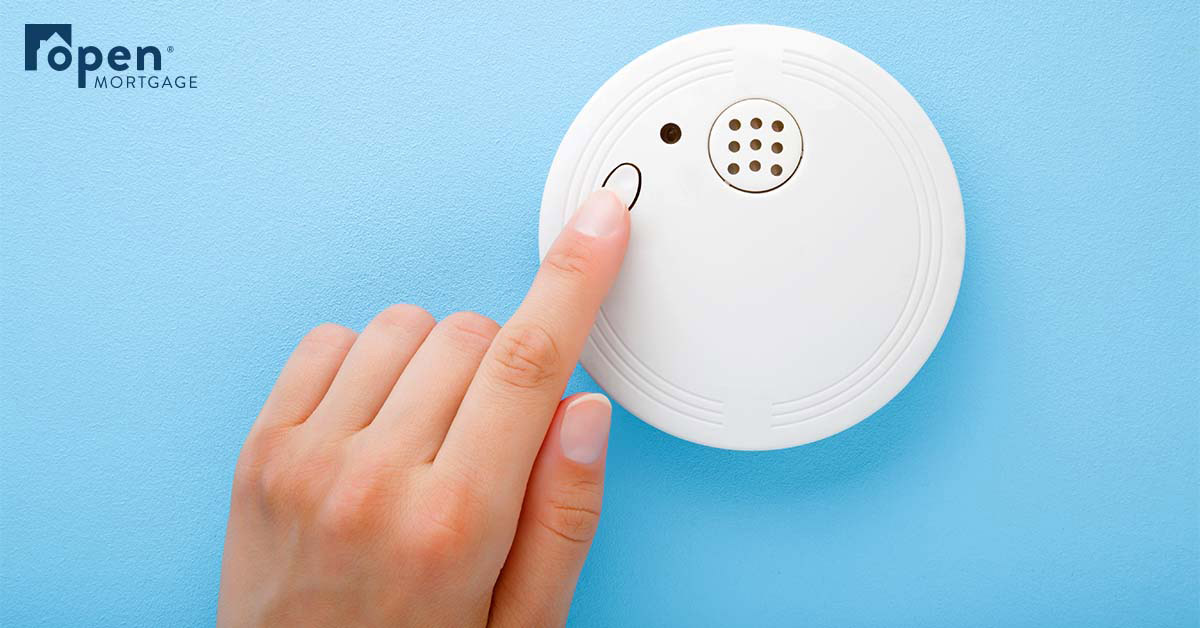
The Value of Home Safety
Everyone should feel safe inside their home. However, the dangers that concern most homeowners may not be the ones they should be worrying about. Common safety shortfalls are often overlooked until they become leverage for a buyer during the sale of a home.
Make sure your home is safe for you and your family with a proactive plan that can also pay off when the time comes to sell.
Smart Safety
One of the biggest trends in home safety has been the evolution of smart technology. Doorbells, cameras, locks, and lighting that integrate your smartphone or other devices offer always-on access and monitoring. In addition to peace of mind, the technology can be a substantial deterrent for criminals searching for easy targets in the neighborhood.
But, don’t let the cost or complications of the latest advances prevent you from relying on more traditional options. Simple, motion-activated outdoor security lights and getting to know your neighbors can be just as effective at keeping your home safe. Also, whether they’re part of a more extensive system or not, smoke and carbon monoxide detectors are the devices that will matter more when you list your home on the market.
Breathe Easy
In some homes, smoke and carbon monoxide won’t be the only air quality issues to keep an eye on. For example, if your home has a basement, radon can become a problem as it escapes the ground. You should test the levels regularly and expect them to be tested before any sale. If the harmful gas is building up, a radon reduction system can vent it outside.
Depending on your home’s climate, history, and condition, mold is another hazard that can get out of hand quickly. Since mold spores can negatively impact your health, water leaks should be addressed immediately, and rooms that experience high humidity should be checked regularly. In addition, consider removing baseboards and carpet or looking behind furniture and appliances where mold could be growing unnoticed. Catching it early, killing it, and removing the source of moisture is your best plan of action.
Accessibility
Falls remain one of the most likely ways to be injured at home, but few people address the problem thoroughly. Large cracks or trip ledges in concrete should be repaired and handrails near stairs installed and secure. Loose carpeting needs to be reattached, while slippery surfaces in bathrooms may need additional traction via non-slip mats.
While staying on your feet is essential, so is getting out of the home during a fire or other emergency. Be sure all your windows operate correctly and that any bedrooms have appropriate egress access to protect the occupants. In most markets, a room without egress won’t count as a bedroom and may reduce the value of your property.
Learn more about making the most of homeownership with a visit to the many resources on our website. If you have questions or would like to speak with an expert about your lending options, don’t hesitate to call.
 Search
Search




